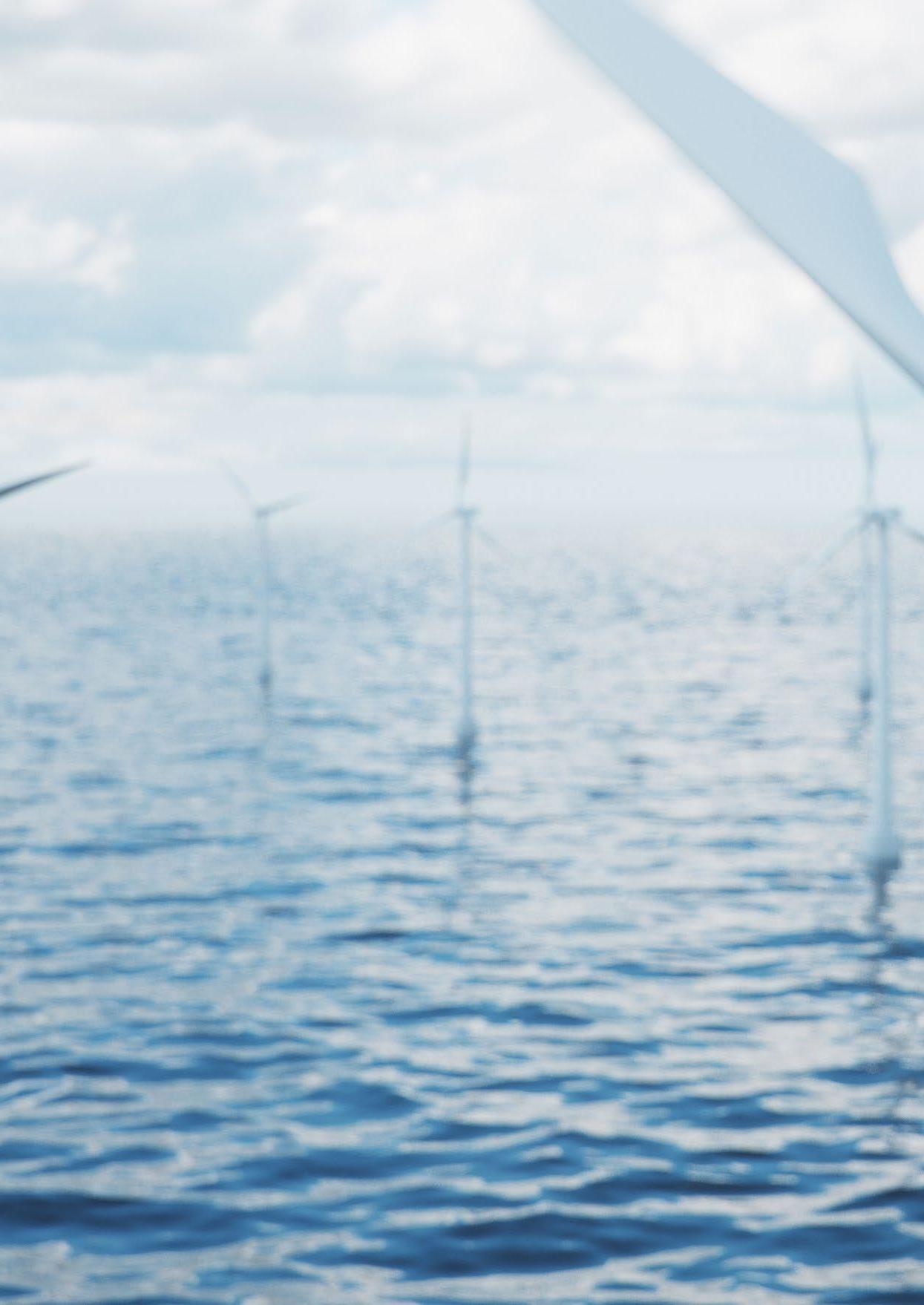
3 minute read
WHY INFRASTRUCTURE WILL BE KEY TO A ‘GREEN’ RECOVERY
from The power of global listed infrastructure - A special supplement in conjunction with M&G | Dec 2020
Alex Araujo, fund manager at M&G Investments
Alongside their immediate priority to protect health, governments around the world are looking to ensure that the pandemic does not do irreversible damage to the global economy. Huge fiscal stimulus packages, amounting to trillions of US dollars, have been pledged in 2020 to try and prevent a protracted recession. Infrastructure investment is high on the agenda, not only because it can lay the foundations for long-term economic growth but also because it is essential. Indeed, the need to reverse decades of chronic underinvestment in US infrastructure is one of the few things that presidential candidates Donald Trump and Joe Biden agreed on. As the urgency to move towards a zero-carbon economy has grown, the requirement for new and improved infrastructure has come into focus. I believe that calls for a ‘green’ recovery will only accelerate investment in solutions that support the low carbon transition.
Advertisement
BUILDING BACK BETTER’
In Europe, the issue of sustainability is central to the €750 billion “Next Generation EU” recovery plan, which promotes investments that help cut greenhouse gas emissions and advance renewable energy and energy efficiency. It is hoped that large-scale public investment, combined with regulatory changes, will galvanise the private sector investment needed for the bloc to reach its goal of being climate neutral by 2050, in line with 2015 Paris Agreement commitments. The infrastructure built today will determine whether climate targets are met. After all, the OECD estimates that more than 60% of global greenhouse gas emissions are related to physical infrastructure . A transformation of the systems that form the backbone of modern society is therefore urgently needed. To meet the climate and development objectives articulated in the UN Sustainable Development Goals (SDGs), the OECD has estimated that US$6.9 trillion needs to be invested each year until 2030.
THE NEED FOR CLEANER ENERGY
It is unsurprising that the energy sector is a top priority for decarbonisation, given power generation accounts for around 40% of global CO2 emissions. Encouragingly, the shift away from burning coal, the most polluting fossil fuel, makes economic sense. The cost of wind and solar electricity generation has tumbled over the past decade, relying ever less on subsidies to be competitive. According to the International Renewable Energy Agency, replacing much existing coal-fired capacity with new solar farms would very quickly pay for itself.

Yet the scale of the challenge is enormous, especially as global demand for electricity is set to keep rising. The International Energy Agency estimates that around US$1.3 trillion a year needs to be invested if SDG 7 – affordable and clean energy for all – is to be achieved by 2030.
THE CALL FOR BETTER CONNECTIVITY
Low-carbon electricity is a cornerstone too for more sustainable transport, which accounts for around onequarter of global CO2 emissions. Beyond electric cars, the long-term trend towards growing urban populations creates a need – and an opportunity – for efficient mass transit systems. The experience of the coronavirus pandemic has also revealed the critical importance of the infrastructure that connects us digitally. Without the network of data centres, masts and cables, the ‘work from home’ economy would not have been possible. Digital infrastructure can also be a ‘green enabler’, in the sense that better digital connections can reduce the need for travel and improve access to opportunities. Further investment is needed to enhance digital connectivity, which is a key ingredient to meeting SDG 9 – building resilient infrastructure, and promoting inclusive and sustainable industrialisation.
OPPORTUNITIES IN THE ‘GREEN’ RECOVERY
Commitments to invest in a ‘green’ recovery should prove to be a powerful tailwind for companies that own and develop physical infrastructure assets, like wind farms, solar parks and electricity grids, all of which are necessary to transition to a lower carbon future. Likewise, businesses that own the digital infrastructure on which modern economies depend. I believe infrastructure companies exposed to the structural shift towards a more sustainable economy are potentially well placed to prosper for decades to come.



